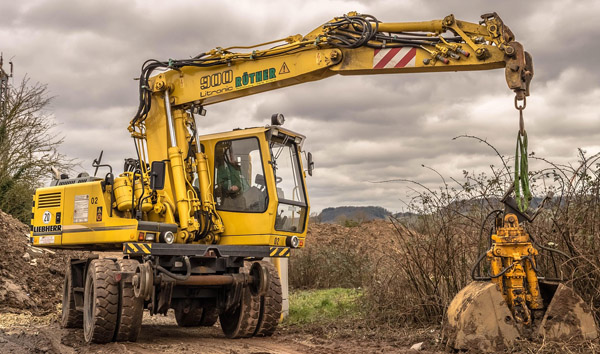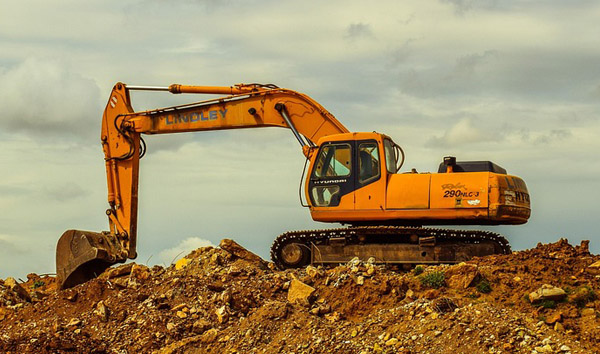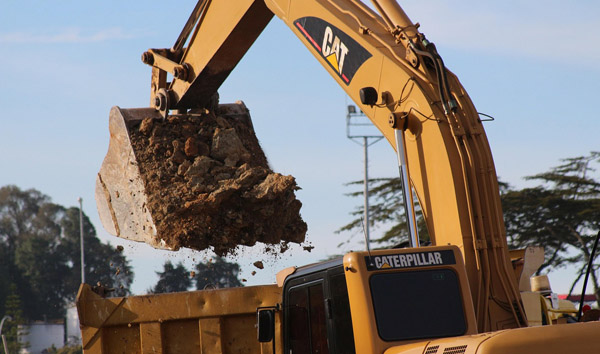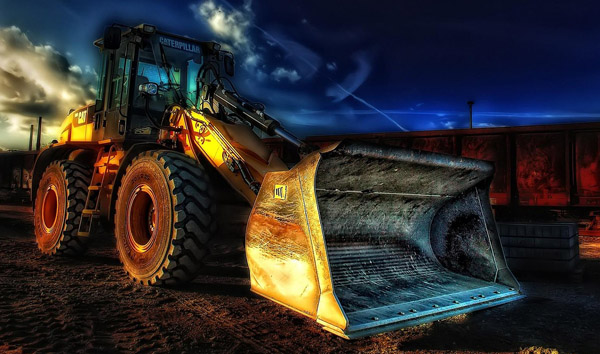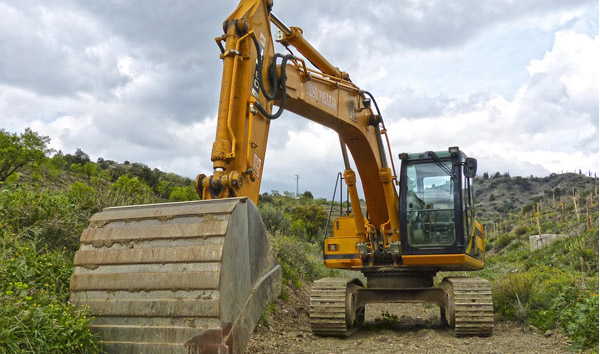Navigating the Rugged Terrain: A Deep Dive into All-Terrain Forklift Specifications
2025-07-29 05:30:32
All-terrain forklifts are engineered to operate efficiently across uneven, rough, or unstable surfaces, making them vital in construction, agriculture, and logistics. Unlike standard forklifts, these machines boast reinforced chassis, high-traction tires, and advanced suspension systems. Key specifications include load capacities ranging from 3,000 to 10,000 kg, depending on the model, and lift heights extending up to 6 meters. The integration of four-wheel drive (4WD) ensures superior stability, while hydraulic systems enable precise load handling even on slopes.
Powering these robust machines are diesel or electric engines, with diesel variants offering higher torque for heavy-duty applications. Engine outputs typically range between 50 to 100 horsepower, ensuring sufficient power for steep inclines and muddy terrains. Electric models, though quieter and eco-friendly, are better suited for lighter loads and shorter operational durations. Transmission systems vary, with hydrostatic drives providing smooth acceleration and reduced operator fatigue. Additionally, all-terrain forklifts feature enhanced cooling systems to prevent overheating during prolonged use in harsh conditions.
Tire selection is another critical specification, with pneumatic or solid rubber options available. Pneumatic tires excel in shock absorption on rocky or uneven ground, while solid rubber tires minimize puncture risks in debris-laden environments. Tire tread patterns are optimized for maximum grip, reducing slippage on wet or loose surfaces. Ground clearance, often exceeding 300 mm, ensures minimal obstruction from obstacles, further enhancing maneuverability. These design elements collectively contribute to the forklift’s ability to traverse challenging landscapes with ease.
Operator comfort and safety are prioritized in all-terrain forklift designs. Ergonomically designed cabins feature adjustable seats, intuitive control panels, and 360-degree visibility for precise navigation. Rollover protection structures (ROPS) and falling object protective structures (FOPS) are standard, complying with OSHA and ISO safety regulations. Advanced models may include telematics systems for real-time performance monitoring, enabling predictive maintenance and reducing downtime. Such features ensure both efficiency and operator well-being in demanding work environments.
Industry data underscores the growing demand for all-terrain forklifts, particularly in sectors like mining and forestry, where conventional forklifts falter. Market projections indicate a 6.5% annual growth rate, driven by infrastructure development and automation trends. Leading manufacturers continue to innovate, integrating hybrid engines and AI-assisted navigation to further enhance performance. As industries increasingly rely on these versatile machines, understanding their specifications becomes crucial for selecting the right model to meet operational demands.




